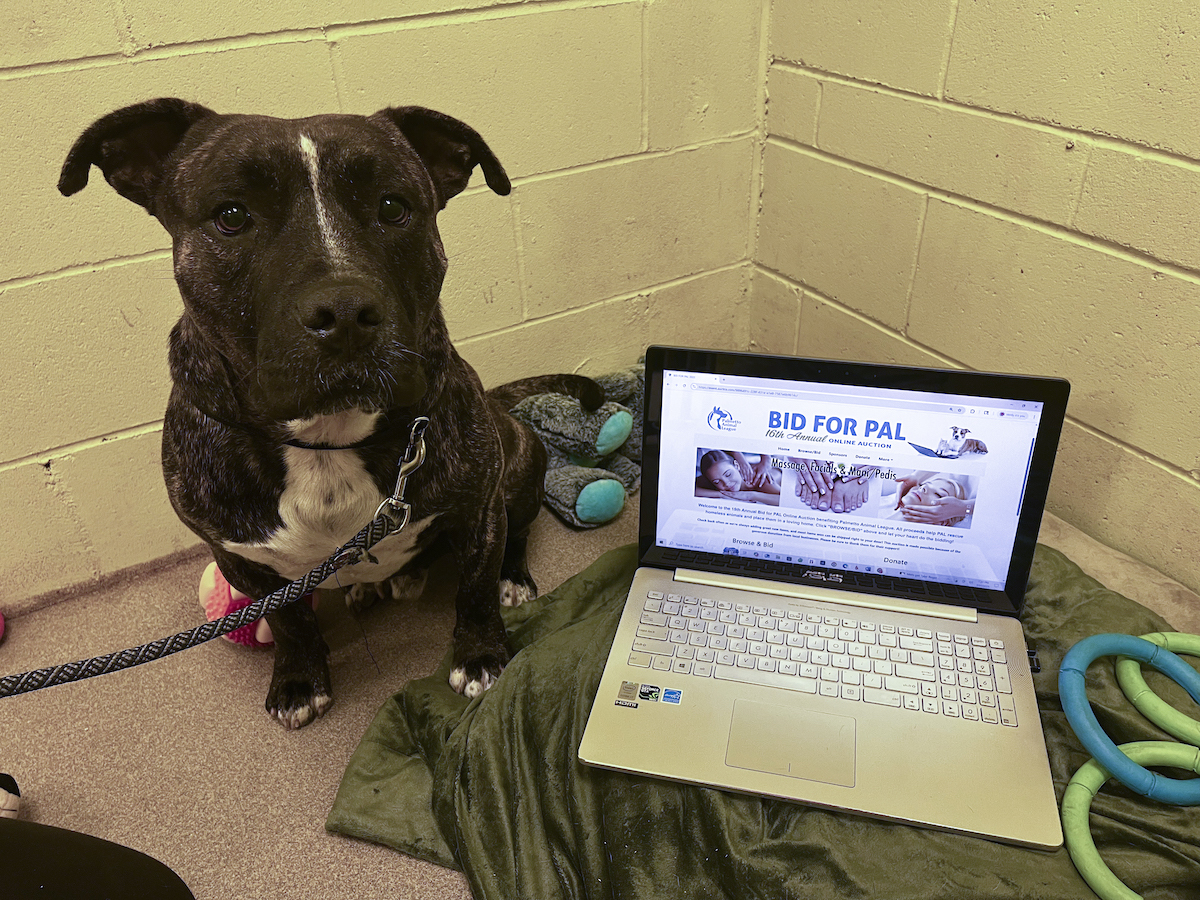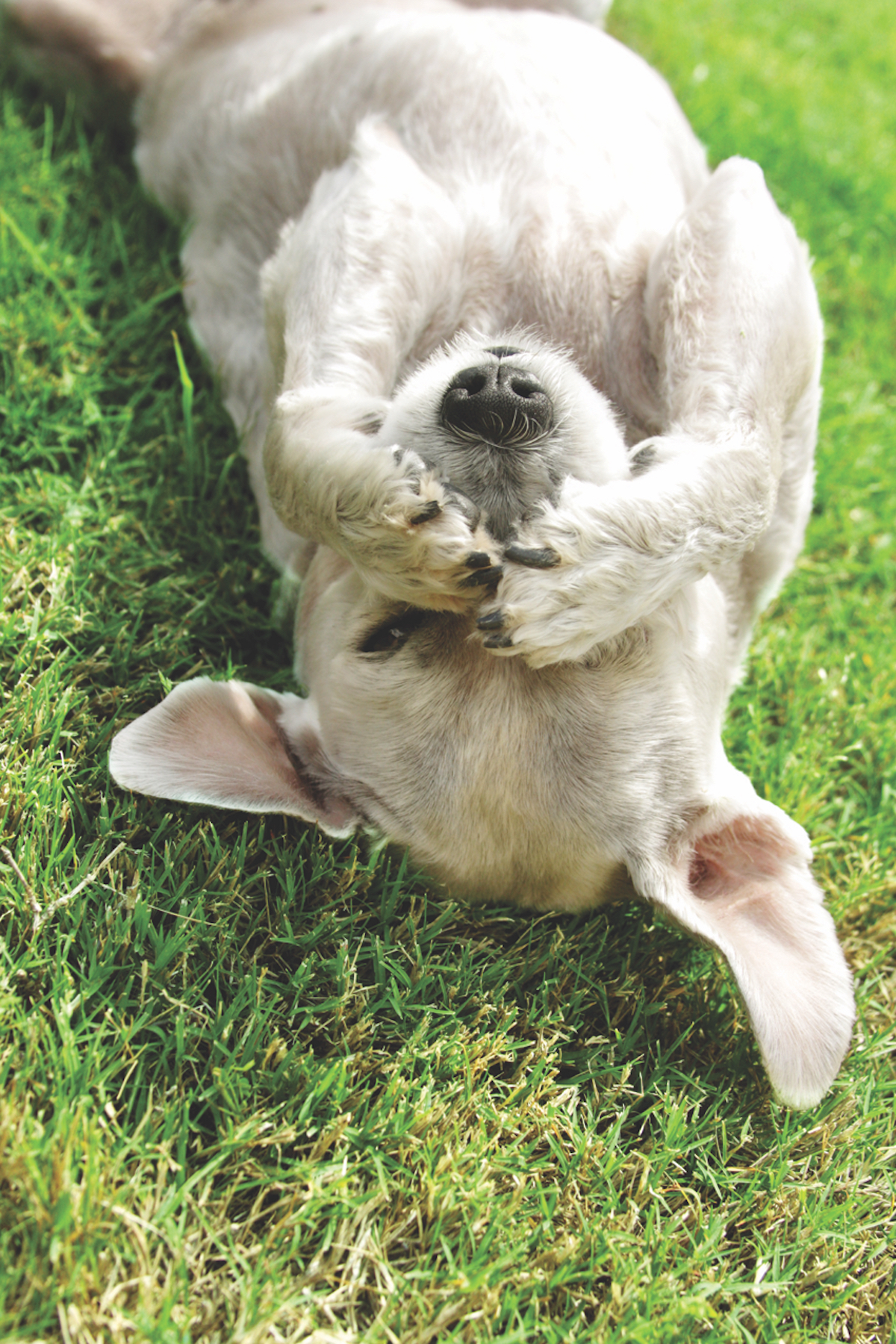By Dr. Parker T. Barker
Dr. Parker T. Barker here folks. Many of you don’t know I spent a lot of time in Massassachusetts before coming to beautiful Beaufort. There was a shelter there I got to know well in Sterling, MA and they recently published a story about the problems with retractable leashes. There are tons! I thought I’d share the highlights with you today. Here is what they said:

A retractable leash is not so much a leash as it is a length of thin cord wound around a spring-loaded device housed inside a plastic handle. The handles of most retractable leashes are designed to fit comfortably in a human hand. A button on the handle controls how much of the cord is extended. Retractable leashes are popular primarily because they aren’t as confining as regular leashes, allowing dogs more freedom to sniff and poke around on walks. But unfortunately, there are many downsides to this type of leash.
Six reasons not to use a retractable leash:
1. The length of retractable leashes, some of which can extend up to 26 feet, allows dogs to get far enough away from their humans that a situation can quickly turn dangerous. A dog on a retractable leash is often able to run into the middle of the street, for example, or make uninvited contact with other dogs or people. Were your pet to be approached by an aggressive dog, it is nearly impossible to get control of the situation if the need arises. It’s much easier to regain control of—or protect—a dog at the end of a six-foot standard flat leash than it is if he’s 20 or so feet away at the end of what amounts to a thin string.
2. The thin cord of a retractable leash can break – especially when a powerful dog is on the other end of it. If a strong, good-sized dog takes off at full speed, the cord can snap. Not only can that put the dog and whatever he may be chasing in danger, but also the cord can snap back and injure you at the other end.
3. If a dog walker gets tangled up in the cord of a retractable leash, or grabs it in an attempt to reel in their dog, it can result in burns, cuts, and even amputation. In addition, many people have been pulled right off their feet by a dog that reaches the end of the leash and keeps going. This can result in bruises, “road rash,” broken bones, and worse.
4. Dogs have also received terrible injuries as a result of the sudden jerk on their neck that occurs when they run out the leash, including neck wounds, lacerated tracheas, and injuries to the spine. As a doctor, this is something I worry about quite a bit.
5. The handles of retractable leashes are bulky and can be easily pulled out of human hands, resulting in a runaway dog. Along those same lines, many dogs – especially fearful ones – are terrorized by the sound of a dropped retractable leash handle and may take off running, which is dangerous enough. To make matters worse, the object of the poor dog’s fear is then “chasing” her, and if the leash is retracting as she runs, the handle is gaining ground on her – she can’t escape it. Even if this scenario ultimately ends without physical harm to the dog (or anyone else), it can create lingering fear in the dog not only of leashes, but also of being walked. This is what nightmares are made of.
6. By their very nature, retractable leashes train dogs to pull while on leash, because they learn that pulling extends the lead. This is the exact opposite of what you want to be training your dog – how to walk easily on a leash without pulling.
So what can happen?
Prickling leash burns. Retractable leashes, especially the thin cord variety, can very easily cause leash burns. This could happen when your dog tears past you and the retractable line rubs across your skin at high speed. Flat tape retractable leashes are better than cord type retractables, but both
cause problems.
Entanglement or strangulation. Retractable leashes can also get twisted around a dog’s neck or legs. Worse, if your pooch panics and jerks the moment they get hog-tied; it could cause the leash to pull even tighter and the situation could quickly become life-threatening.
Fatal accidents. What happens when your dog sees a squirrel and just takes off after it? If you’re not alert enough, his abrupt behavior could put him smack on the road, right in front of a speeding car.
The leash drops. Because these leashes rarely have a wrist strap dropping them is a regular occurrence. What’s worse, if you drop the handle, the lack of tension can send the heavy handle hurdling toward your dog. Not only could the heavy leash handle smack your dog in the head, if your dog is spooked by the leash handle zipping deafeningly toward him, he may take off running.
The cord wraps around you or others. Poor handling can also cause the cord/tape to twist around you or someone else’s fingers resulting in deep wounds, or worse, amputation. We have all met another dog on a leash while walking our dog and done the funny figure-eight-untangle-our-pooches game. This becomes much more unfunny when a retractable leash is involved.
The collar breaks or comes off your dog. The moment this occurs, the leash could retract at top speed and bring the collar right into your face, teeth or eyes leading to serious injuries.
Note that right on the packaging, the manufacturers of retractable leashes post a very serious warning. This would never be there had there not been significant numbers of injuries been caused by the leash. Please pay attention to the warning. They are there for a reason.
So there you have it. Do it the right way, the first time. My Mom has two types of walks for me. The first is a casual walk, where I can stop and smell stuff and kind of meander around. Then we have a second walk where she means business and my job is to walk along beside her not smelling anything, just getting some much needed exercise. And I know the difference. If you are consistent, your dog will come to recognize the two different versions. The “smell” walk or the “exercise” walk. And no one gets injured doing either.





